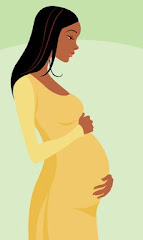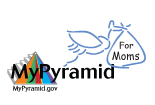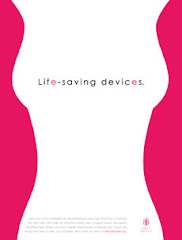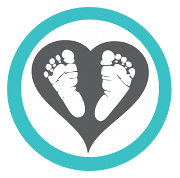News Moms Need has posted a critical message today. You can read it here:
MOD
During the holidays expectant moms who are nearing their due dates often want their doctors to induce labor for convenience. Sometimes the health care providers themselves encourage this due to scheduling concerns, but PLEASE do not succumb to this emotionally and scheduling-driven potential crisis for your baby. Even if you were "measuring big" - not a reason to change your due date or to push the limits of safety. The baby's position and mother's body varies. It is a poor indicator of maturity.
Later ultrasounds (after the routine 20 week exam) are also not good indicators, as the size of the baby in later weeks, due to genetics and other factors, varies considerably, making it difficult to determine maturity. This might be an argument against the ultrasound machines that are sometimes found in every office and done at every visit. For a normal, healthy pregnancy, there is such a thing as excess of procedures since results are not accurate enough.
These later unltrasound exams which estimate baby's weight are also poor indicator for mom's ability to deliver. When the baby's size is estimated by one of these late ultrasounds there is a two pound error factor - TWO POUNDS! Even if the measurement were accurate, you may be underestimating the ability of mom's pelvic bones to move and baby's head to temporaryily mold for birth - you can't beat Mother Nature!
Starting life in the NICU, if it can be avoided, is most unpleasant and not where you would choose to spend your holidays. What you want is the safest, healthiest delivery possible for both you and your baby. We want you to enjoy your holidays, but you'll enjoy them even more if you aren't surprised by an unnecessary preterm birth with all it's complications.
Be a wise consumer of health care and ask the right questions - even around the holidays. Convenient scheduling or late-term discomfort are poor reasons for increased risks. One other byproduct of induction without real need is an increased rate of c-section delivery. Once more - something you don't want around the holidays if you can avoid it. They mean more pain, longer hospital stays, more complications and greater cost. Those who benefit from this would only be the hospital and the surgeon.
When intervention is needed for the real safety of the baby or the mom, we're happy to have these options, but please be sure you have researched before you let your emotions decide.






























